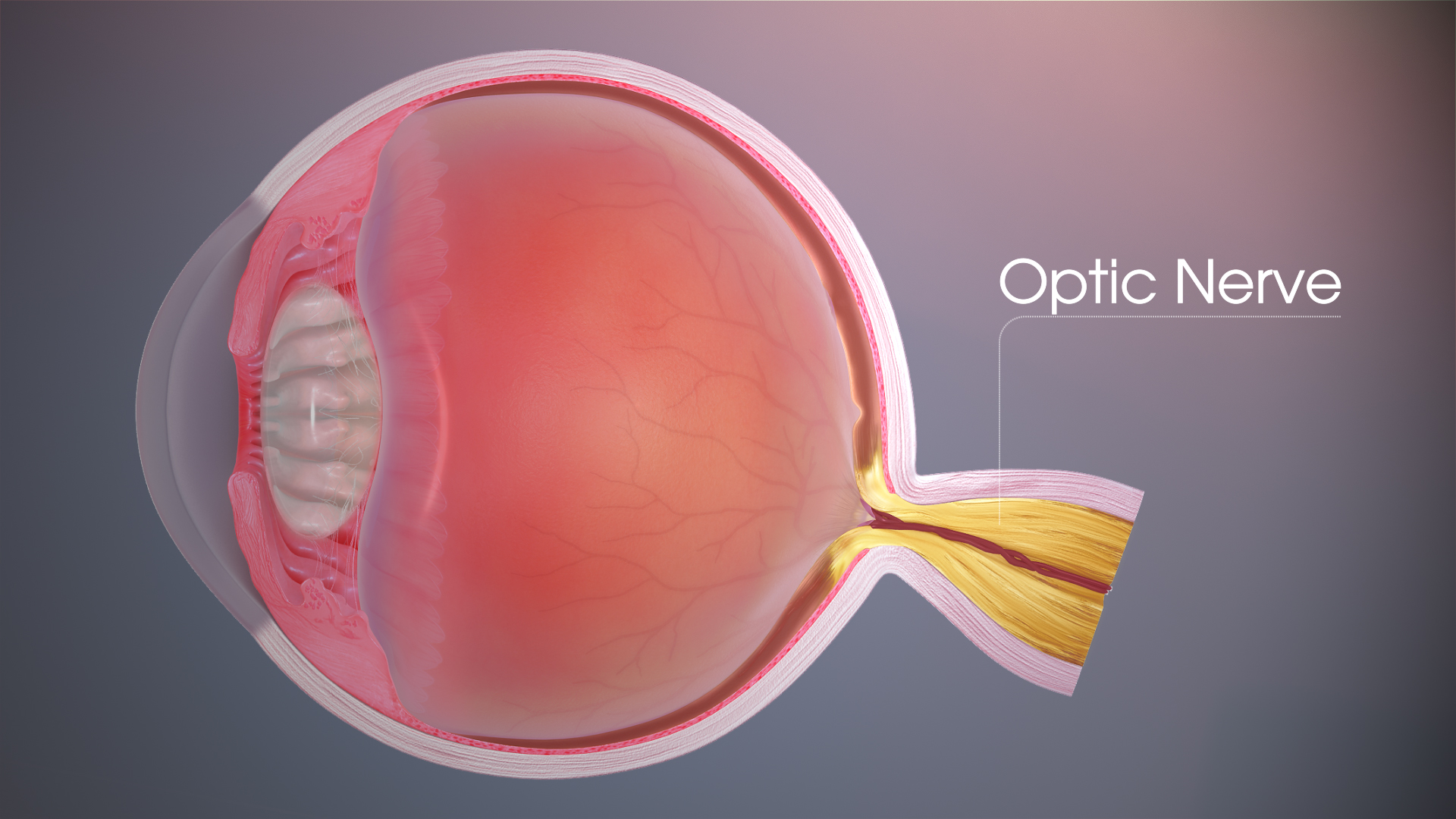That CNS pathways are incapable of regeneration is a well-known fact. This clearly implies that any injury could lead to permanent losses in sensory and motor functions and prove to be devastating.
The optic nerve is a carrier of visual information from the eye to brain and is made up of axons of retinal ganglion neurons. Therefore, any damage or injury to the optic nerve kills these cells.
Since almost two decades now, researchers have been finding ways to regenerate the injured optic nerve. They have tried with several growth factors coupled with agents that overcome natural growth inhibition but have only partially succeeded in restoring rudimentary elements of vision in mouse models. Most of the retinal ganglial cells eventually die.
What actually kills these cells has remained a mystery.
However, there was a noteworthy observation:
Zinc spike. Within an hour after the injury to the optic nerve, the researchers observed that the concentration of zinc shot up, surprisingly, not in the damaged retinal neurons, but in the amacrine cells (interneurons with which they communicate). A couple of days later, the zinc transferred to the retinal ganglial cells and only then they began to die.
This time lag offered a potential window for intervention.
Boston Children’s Hospital and Harvard Medical School collaborated to uncover a surprising information. It was discovered that zinc in retina can not only work as a protective element for the optic nerve but also promote its regeneration.
Let’s delve deeper into how this happens...
Zinc performs the transformation of Vitamin A in the retina as well as gets packaged with the neurotransmitters in most neurons to aid signal transmission.
The transport of nutrients to the retina occurs through the retinal pigment epithelium that only functions in the presence of zinc-dependent proteins. All types of nerve cells in the eye contain zinc to trigger biochemical reactions as well as control neurotransmitters traveling between retinal nerve cells.
“Growth factors and survival factors only have a transient effect; they don’t really stop the cell death process. If you hit the right dosage and deliver zinc chelators continuously, you might have half of the retinal ganglion cells surviving.” - Benowitz
Reports and findings by the researchers in Proceedings of the National Academy of Sciences during the week of January 2, 2017, suggest that zinc chelators already exist and could potentially be given either systemically or through injection into the eye.
The researchers note that the delay before zinc floods into the retinal ganglion cells means that chelation can be effective even if not delivered immediately after the injury. They observed robust cell survival and axon regeneration even if treatment was delayed for five days.
“Although various groups have found ways to induce regeneration, generally this involves altering gene expression before or just after the injury,” says Rosenberg. “Understanding that zinc is the block to nerve regeneration has allowed us to devise approaches that could be used after the injury.”
The further plan is, hence, to develop a gradual and steady-release formulation that would take a while to chelate zinc, potentially allowing patients to receive only a single injection in the eye.
Zinc is the new Calcium?
Zinc is essential for many cell functions. Many neurons have zinc packaged with the neurotransmitters in the vesicles of their synapses, facilitating communication.
“Very little is known about the role of zinc in the healthy nervous system or its role in brain injury, although through the work of many groups around the world we are beginning to appreciate its significance,” says Rosenberg. “Everyone has thought of calcium as the master regulator in health and disease. We think zinc will come to share that role in the 21st century.”
Since too much zinc can be toxic, the body needs to strictly regulate its concentration. Some ways in which the body does this are:
- Altering its absorption in the gut
- Running active intracellular mechanisms post the digestion of zinc
- The retina possesses transporters that can carry away unwanted zinc
Needless to say, when any of these protective mechanisms are disrupted or overwhelmed, health problems can arise.
Up till now, zinc has only been linked to cell death. This is the first study that demonstrates how targeting zinc can protect damaged neurons in the eye and help regenerate axons through the optic nerve in a live animal model.
If proven to work in humans, the proposed treatment can immensely benefit patients with optic nerve injury, glaucoma, and perhaps other types of axon injury within the central nervous system, like that of the spinal cord.
References:
- Mobile zinc increases rapidly in the retina after optic nerve injury and regulates ganglion cell survival and optic nerve regeneration
- Optic Nerve Regeneration
Ophthalmology: Seeing Through A Clearer Lens
Of all the specialties of medicine, ophthalmology keeps evolving on a regular basis.Even the failures in ophthalmology are never really failures. No technology is ever discarded. Read More..









